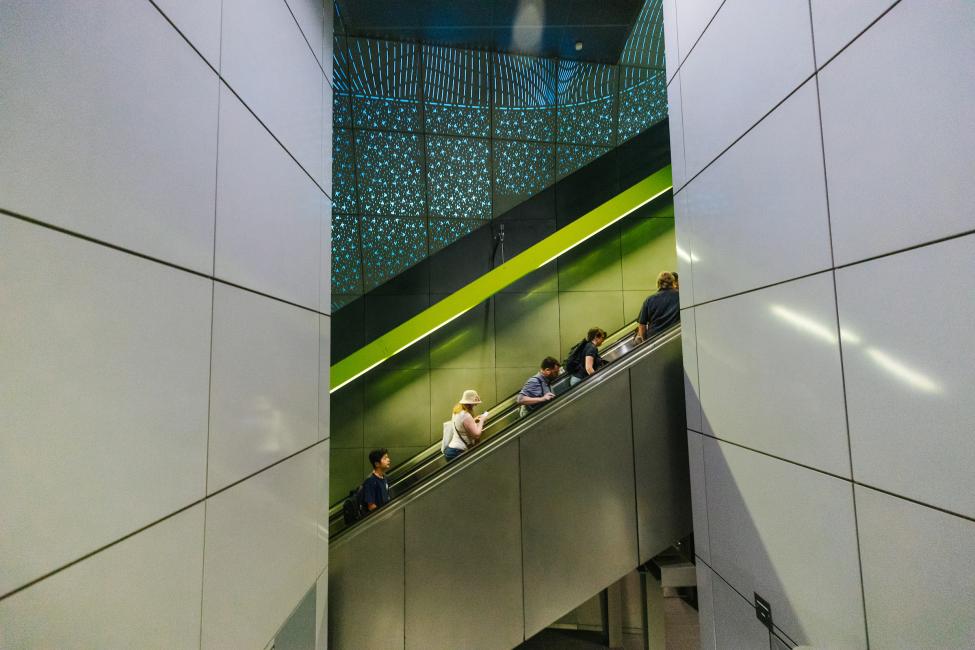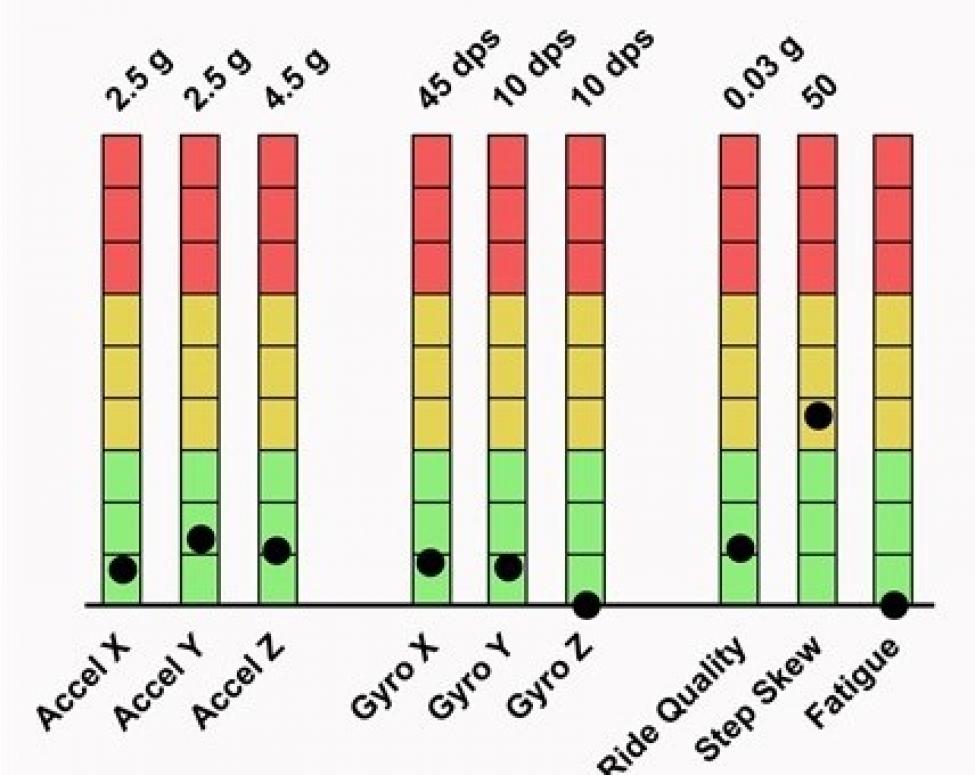Did you know that Sound Transit has an innovation program?
Its goal is to "research, analyze and implement innovative best practices, partnerships and technologies to increase ridership, improve services and enhance efficiency of regional mobility."
Recently, the innovation program stepped in to help us better maintain escalators using the "IOT," or "internet of things."
Put simply, IOT is the process of embedding technology into everyday objects, enabling them to send and receive data.
You could input a computing device into a flowerpot. Or a shoe. Or a watch. Or even on a single step of an escalator in a high-traffic light rail station!
The problem: Broken escalators disrupting the passenger experience
Escalator maintainability is a known issue for anyone who rides transit, well, anywhere.
And for our local Link passengers, University of Washington Station's escalators often require temporary closure for maintenance.
Facilities began to investigate how we could better get ahead of the problem before it affects our riders.
After some digging, our Systems Engineering team and Innovation teams learned that the London Underground, one of the most comprehensive systems in the world, did significant research in anticipation for crowds during the 2012 Olympics.
Understanding the vital signs of an escalator
Turns out, there's no need to monitor every component of the escalator (which ends up being quite costly).
Instead, you can track the escalator's vital signs for indicators of what's going well, or where there might be a problem.
A paramedic triaging a patient in the field takes your heart rate and blood pressure to determine if your status is A-OK, raises mild concern or requires immediate attention.
A few quick vital signs give us an overall impression about whether there's an equipment problem, and if so, where and how urgently we need to respond.
With IOT technology, we can gather the "vital signs" of an escalator with a tool called a "Smartstep."
Sound Transit collaborated with London Underground and then partnered with UK-based tech company Transmission Dynamics to produce a physical step equipped with a sensor that pulls data indicating escalator health.
Specially fitted to our system, the Smartstep is able to move from escalator to escalator if needed.
The data feeds into the cloud and doesn't require cutting open the equipment to install. Staff can monitor the data and understand the overall impression of escalator health.
The pilot program
The original goal of the yearlong pilot was to have better, more predictive and efficient maintenance on our University of Washington Station escalators.
Results show that with Smartsteps, Sound Transit staff will be able to use historical usage data to predict high usage periods and align our maintenance efforts to avoid fatigue failure during peaks.
As a bonus, a Smartstep is significantly cheaper than more intensive monitoring systems.
Due to promising results, the pilot headed to phase two earlier this year.
Innovating and IOT: Sparking strides with overhead catenary systems
Given the success of the original pilot program, we considered where else IOT technology could be deployed and landed on light rail's overhead catenary systems (OCS).
Defective overhead wiring components can cause major failures in electrified rail networks.
The problem: currently, to monitor the system, staff ride a portion of the alignment in nonrevenue hours; when trains aren't carrying passengers.
Due to the time constraints of nonrevenue hours (which will only increase as our system physically expands), a complete OCS inspection occurs every two weeks.
The solution: a new pilot to implement IOT on light rail vehicles. Sensors will detect problems with the connection between the LRV and OCS wire above in real time, along the length of the entire alignment, multiple times a day.
It's all part of providing a better passenger experience at a lower cost. Thanks science!

